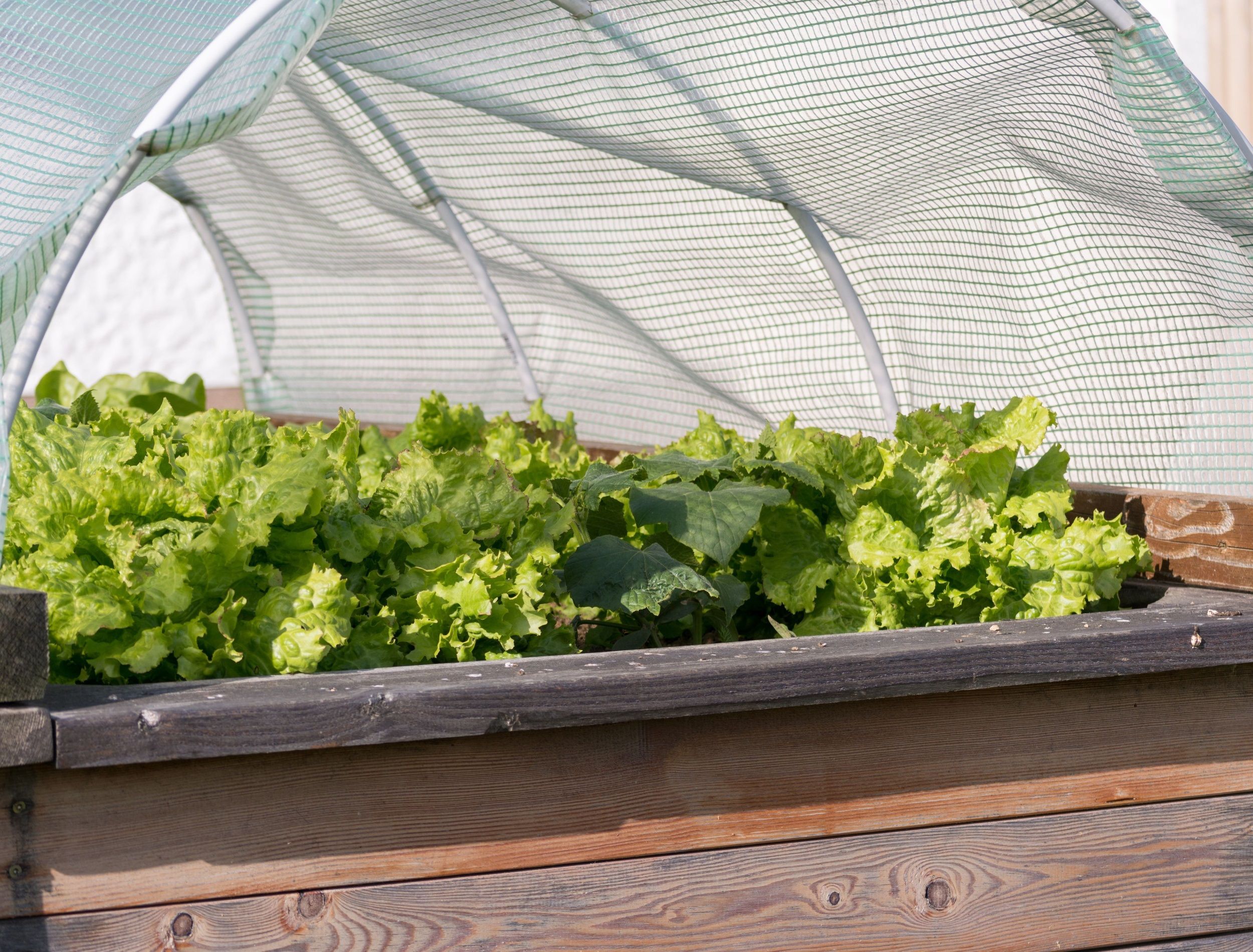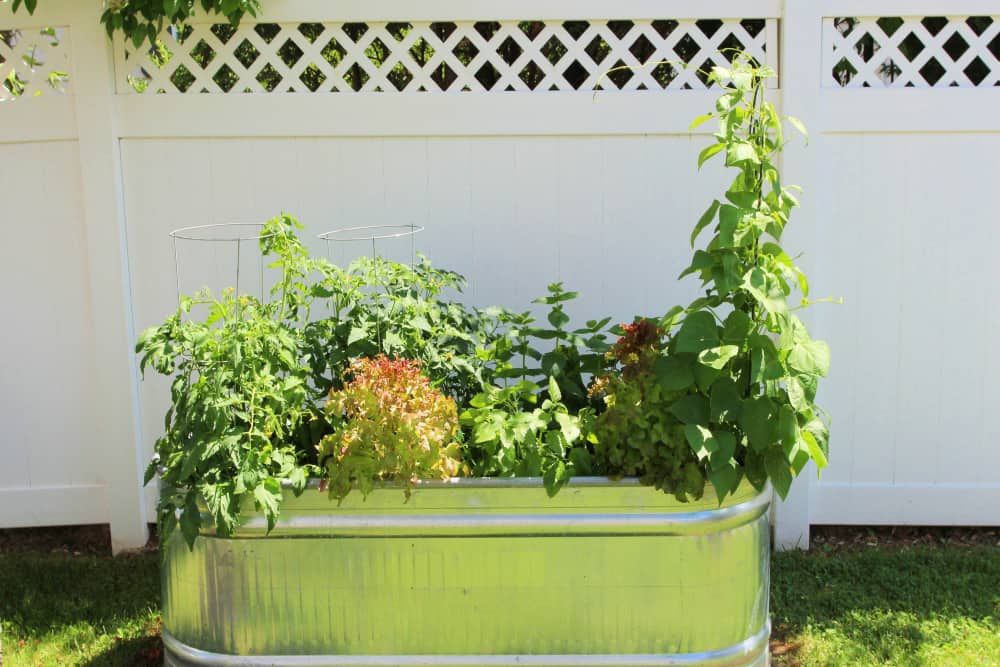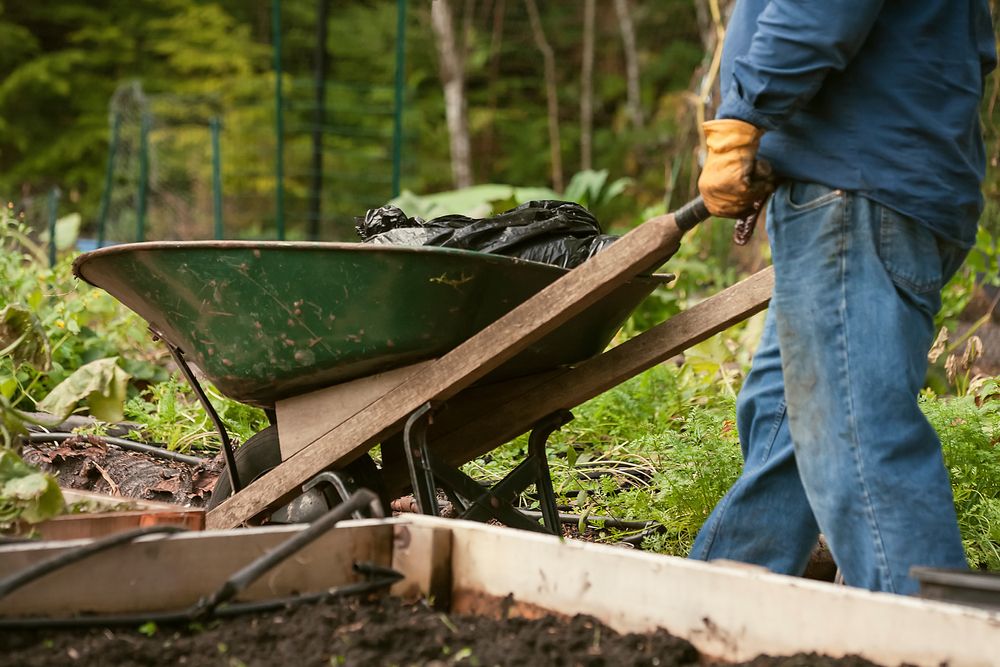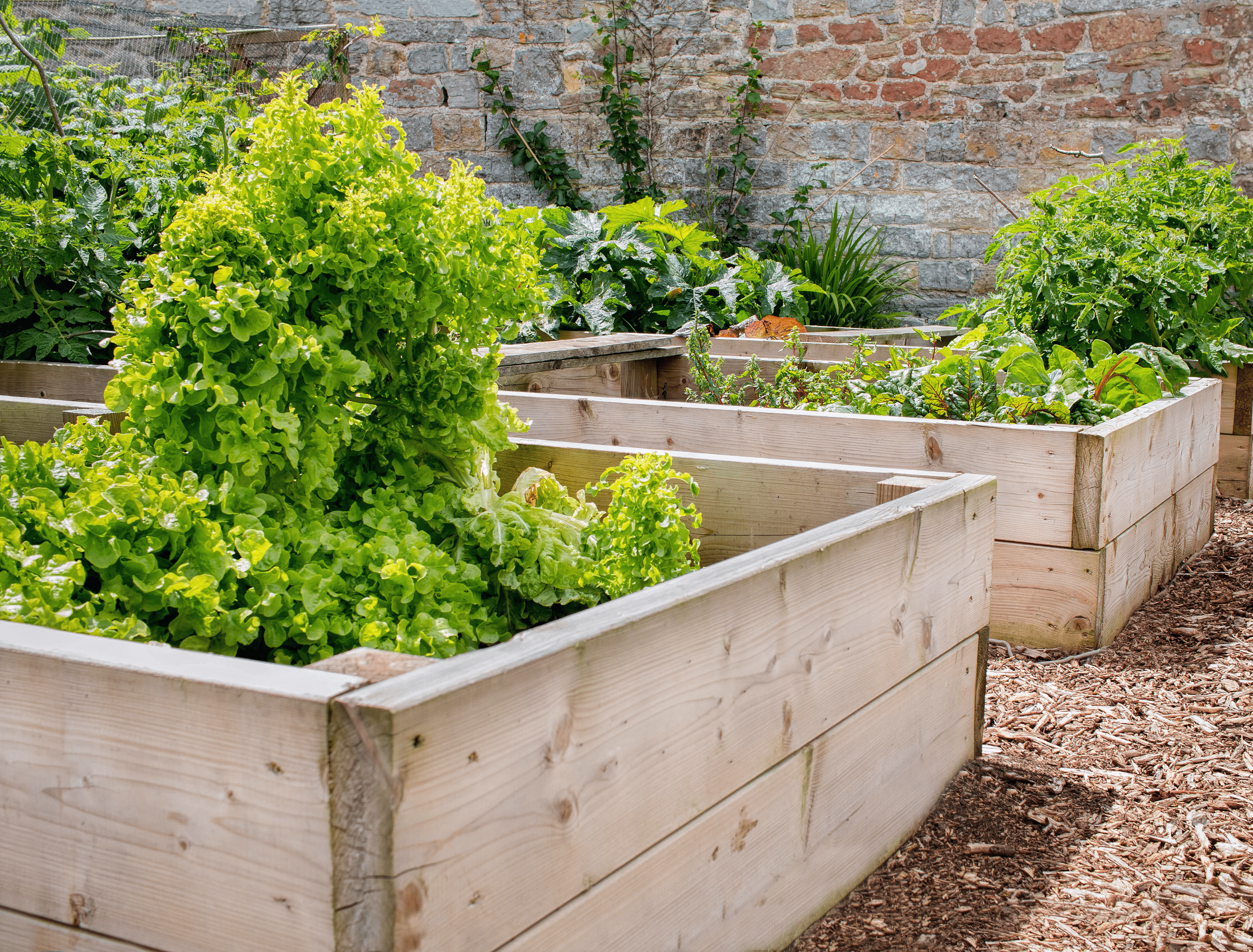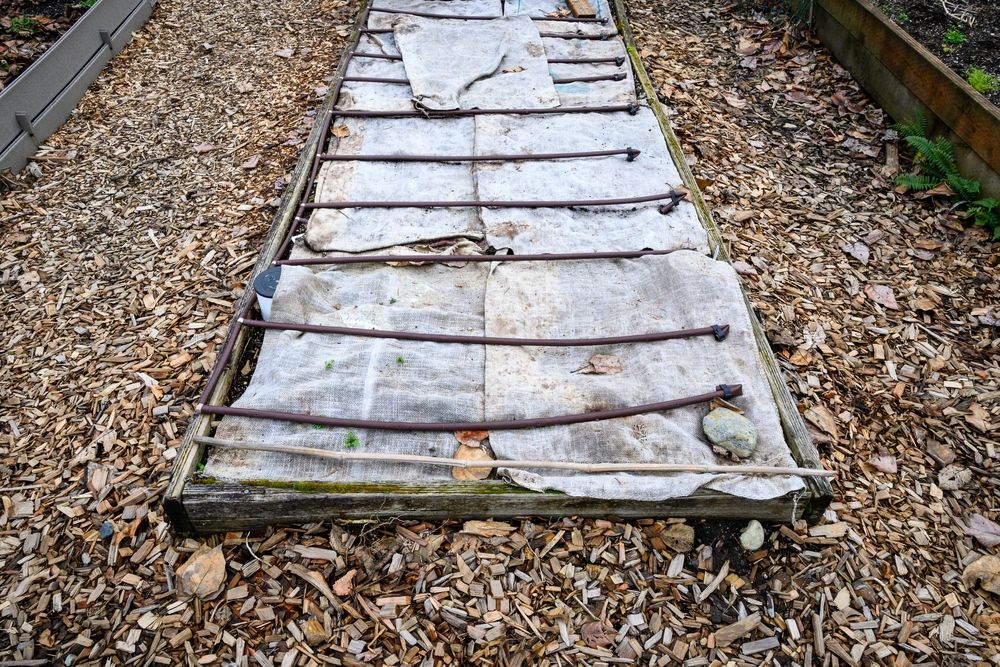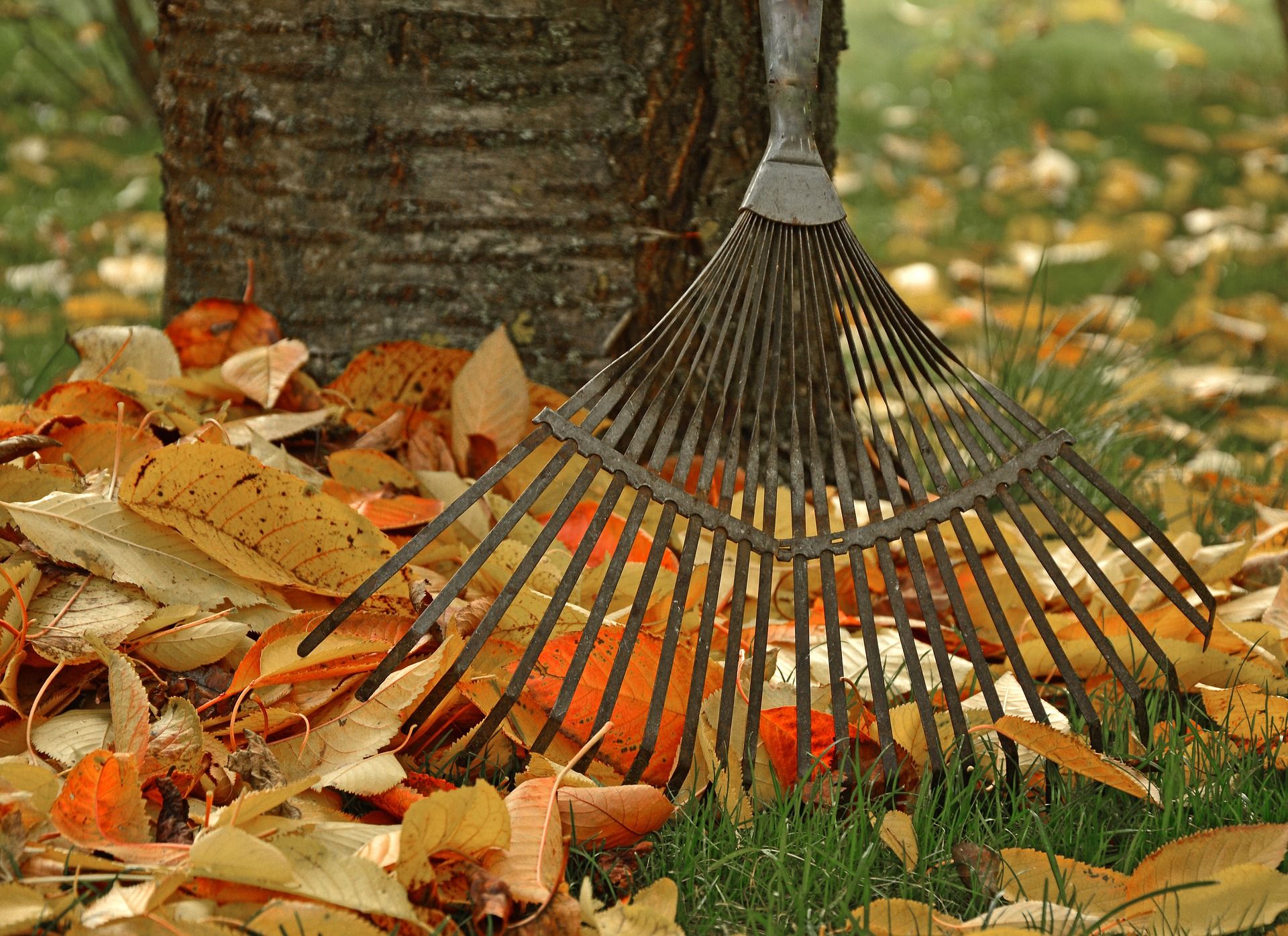Year after year cold weather descending on your garden. Does that mean it's to cover your raised beds this winter? It can be a bit of a dilemma for gardeners. You want to keep your plants safe and protected from the cold, but you don’t want to smother them either.
Some people say it's necessary to protect the plants, while others believe that the extra layer will just make the soil colder, possibly suffocating the plants, and cause more problems. So, what's the right answer? Read on to find out!
Covering Your Raised Bed - Yay or Nay?
Image credits: joegolby via Canva
The answer is, yes, depending on what plants you have.
If you live in an area that gets snowfall during the winter months, many experts recommend covering your raised beds with a thick layer of mulch or plastic to protect your sensitive plants from potential damage. This extra layer of protection can prevent soil erosion, nutrient depletion, and can help stop the growth of unwanted weeds.
Ultimately, all gardens could benefit from some winter protection. From trees and shrubs, to perennial gardens, mulching is a good idea. If you have sensitive plants, your crops will benefit from some winter protection and your houseplants will enjoy being moved indoors.
Plants like rosemary and chard overwinter well if they're covered in mulch, while roses should be shielded under burlap. For vegetable gardens harvest your cool weather crops, then mulch.
Step-by-Step Guide to Preparing Your Raised Bed for Winter
Raised beds are a great way to grow your own vegetables, herbs, and other plants. The key to ensuring that your raised bed survives the winter is to properly prepare it for the colder months ahead. In this step-by-step guide, you’ll find the best ways to prepare your raised bed for winter and keep it healthy until springtime.
Step One - Take Some Pics
Image credits: Tracy Immordino via Shutterstock
As the season changes and winter draws near, it can be easy to forget everything that happened in your garden over the summer months. By taking some time to track your garden's progress you can safeguard those memories and make informed decisions for next season.
Whether you are writing down notes about what grew well or struggled, detailing any issues with pests or diseases, or simply jotting down a quick sketch of your plants and their locations, keeping a record of your garden will help you plan for future success.
Step Two - Cleaning Up Your Annuals
Image credits: Danita Delimont via Shutterstock
Annual plants are those that only live for one year. They won’t grow any more once they have flowered and set seed. In order to ensure that your garden is healthy and productive, it’s important to remove these annual plants at the end of the season so that they don’t compete with your other plants for nutrients.
Whether you choose to compost these dying annuals or simply dig them up and throw them away is largely a matter of personal preference. However, if you do decide to compost them, be sure that they are free from any pests or disease. Adding diseased vegetation to your compost pile can spread this problem to your other plants.
Step Three - Cleaning Up Your Perennials
Image credits: joegolby via Canva
To keep your perennials thriving, simply prune off any dead areas. Next add a thick layer of mulch underneath the plants.
Be sure to be careful not to over-prune or fertilize, as this can encourage rapid new growth that is vulnerable in the cold winter months.
Step Four - Cover Your Raised Bed or Bring Your Plants Indoors
Image credits: knelson20 via Shutterstock
If you want to keep your sensitive crops alive through the winter, one option is to cover them in straw or burlap. Alternatively, you can pot up smaller plants and bring them inside to a sunny, south- or west-facing window.
To ensure they stay healthy during these cold months, it's important to keep your potted plants relatively dry. Give them only minimal water as they go dormant in low light. Only as the days get longer and warmer again, start watering your plants normally once more.
Step Five - Clean Up Debris
Image credits: Peggychoucair via Pixabay
One important step is to rake and remove any fallen leaves or fruits from your garden beds. This helps to prevent pests and diseases from harboring in the soil, which can lead to problems for your plants once spring arrives.
Step Six - Plant Cover Crops (Optional)
Image credits: kahunapulej via Wordpress
Looking for a way to improve the health of your soil and prevent erosion? Consider planting cover crops! These living mulches are perennial varieties that thrive in fall conditions. This makes them the perfect choice for protecting your soil over the winter months.
To get started, consider planting rye or clover, as these are some of the most effective cover crops available. Just be sure to have a plan in place for tilling them back into the soil come spring. Otherwise, you may end up dealing with a thick bed of dense rye instead of healthy soil!
Pro Tip: Although not a cover crop, if you want some fresh garlic come spring, now is the time to plant it!
Put Your Shields Up!
Overall, preparing your raised bed for winter is an important step. It ensures that your plants will continue growing strong well into the spring season.
By following these simple steps, you can help give your plants the best chance of surviving through the colder months and coming back even stronger when warm weather arrives again. And remember - it's never too early to start thinking about spring gardening!
Do you have any tips or tricks for covering a raised garden? Leave a comment below!

